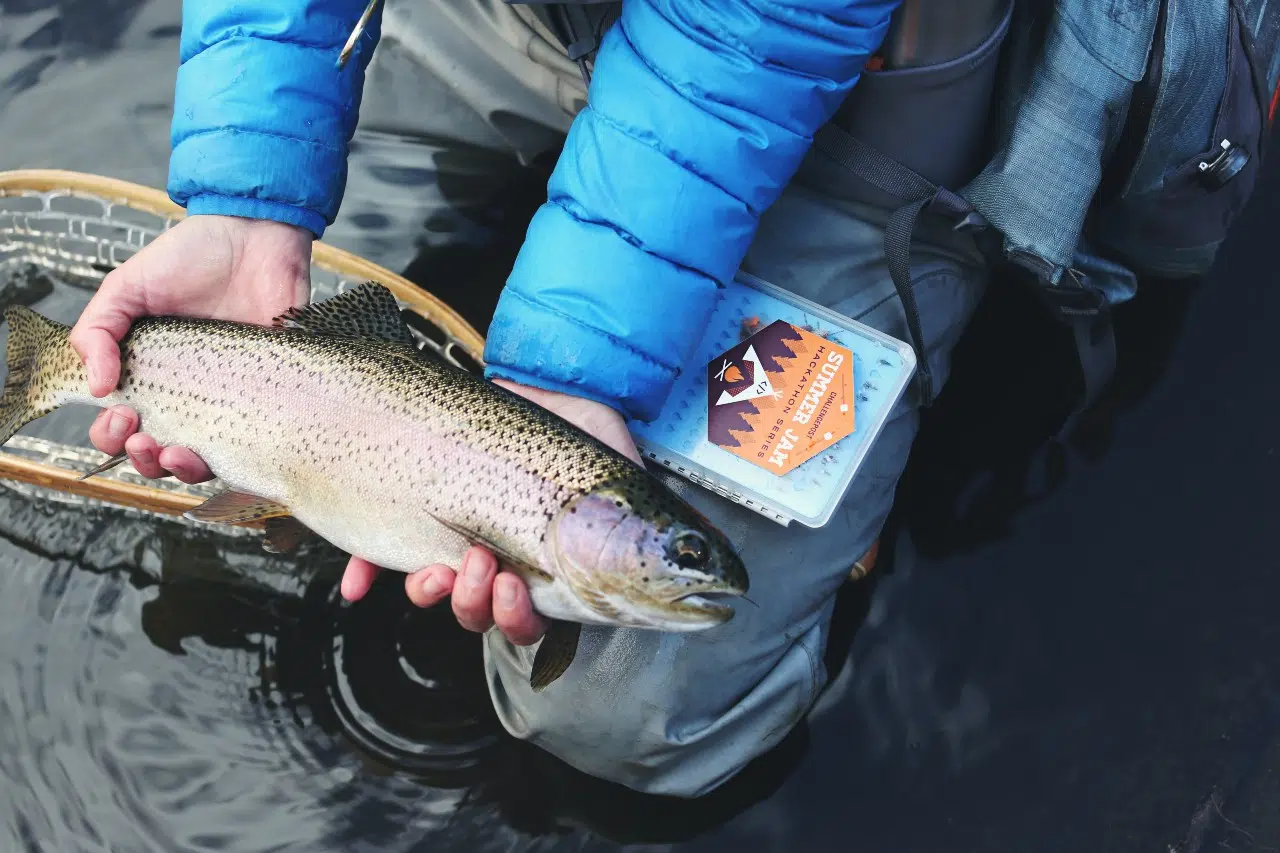(KNSI) – Minnesota’s fishing season opens this Saturday, and as Minnesotans get out on the water, researchers from the University of Minnesota are drawing attention to aquatic invasive species. Dr. Nick Phelps, director of the Minnesota Aquatic Invasive Species Research Center, says one species of concern is the zebra mussel.
“Zebra mussels are one of the most problematic species here in the [United] States,” Phelps said. “They showed up in Minnesota in the late 1980s, and at this point, we have about 280 lakes or so that are currently infested.”
Many aquatic invasive species, including the zebra mussel, are what Phelps calls “ecosystem engineers.”
“Zebra mussels are a poster species for that,” he said. “They fundamentally change the environment in ways that are very different than the way it was before. Zebra mussels, for example … they eat the bottom of the food web. They eat the algae out of the lake.”
That feeding behavior impacts fish in that lake. Phelps says studies on zebra mussel-infested lakes have shown that the walleye population there is smaller both in terms of how many fish are there and how big they are able to grow.
“Also, while they’re eating algae out of the system, the water gets clear,” Phelps said. “This, in places like Mille Lacs and many other lakes, can be quite dramatic, doubling the depth that you can see down into the water.”
That change lets vegetation grow deeper into the lake, which could exacerbate a lake’s already existing aquatic invasive species problem if there are invasive plants present.
“Nutrient input still has to go somewhere, and so we get these more frequent and prolific algae blooms,” Phelps said of zebra mussel-infested lakes.
Preventing the spread of aquatic invasive species is key, though Phelps said the MAISRC is looking at ways to reduce zebra mussel populations in bodies of water where they already live.
“We have in the pipeline of research tools now to potentially suppress zebra mussel in lakes, and we’ve demonstrated this is a possibility on Lake Minnetonka a couple of years ago,” he said. “We’re going to continue to move towards broader application here, working with partners like the Minnesota DNR and others to be sure it’s safe and effective at the same time.”
But, right now, preventing spread to other lakes, ponds and wetlands is something Minnesota boaters and fishers can help with. Phelps says before moving boats, fishing gear and other equipment to another body of water, clean that equipment and drain all the water out of them.
“We do know that some of these species, like zebra mussels, can move undetected; the juvenile stage is so small, you can’t see it in the residual water of your boats and bait buckets, so it’s important that you drain all of that water as best you can,” Phelps said. “Then, we’re concerned about invasive species moving through the bait supplies, so it’s important to dispose of the baits after you fish any particular lake.”








